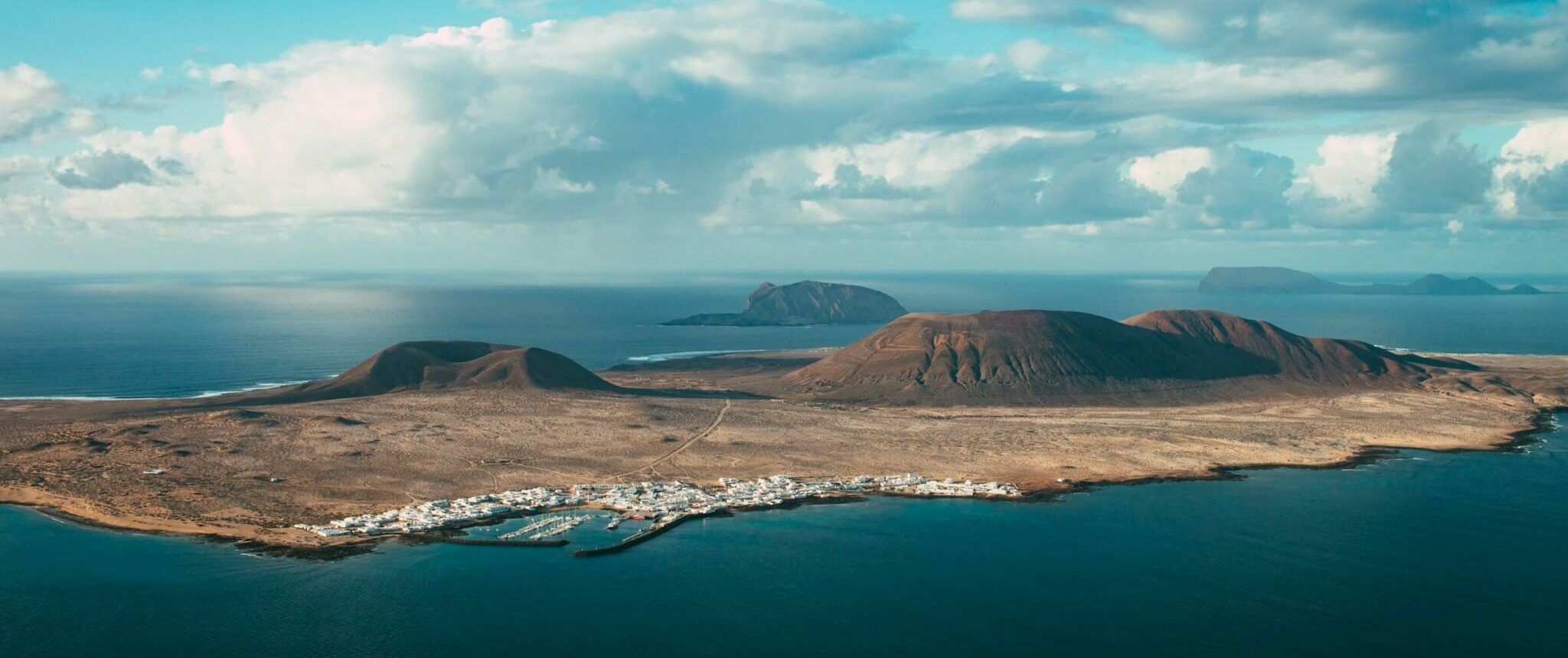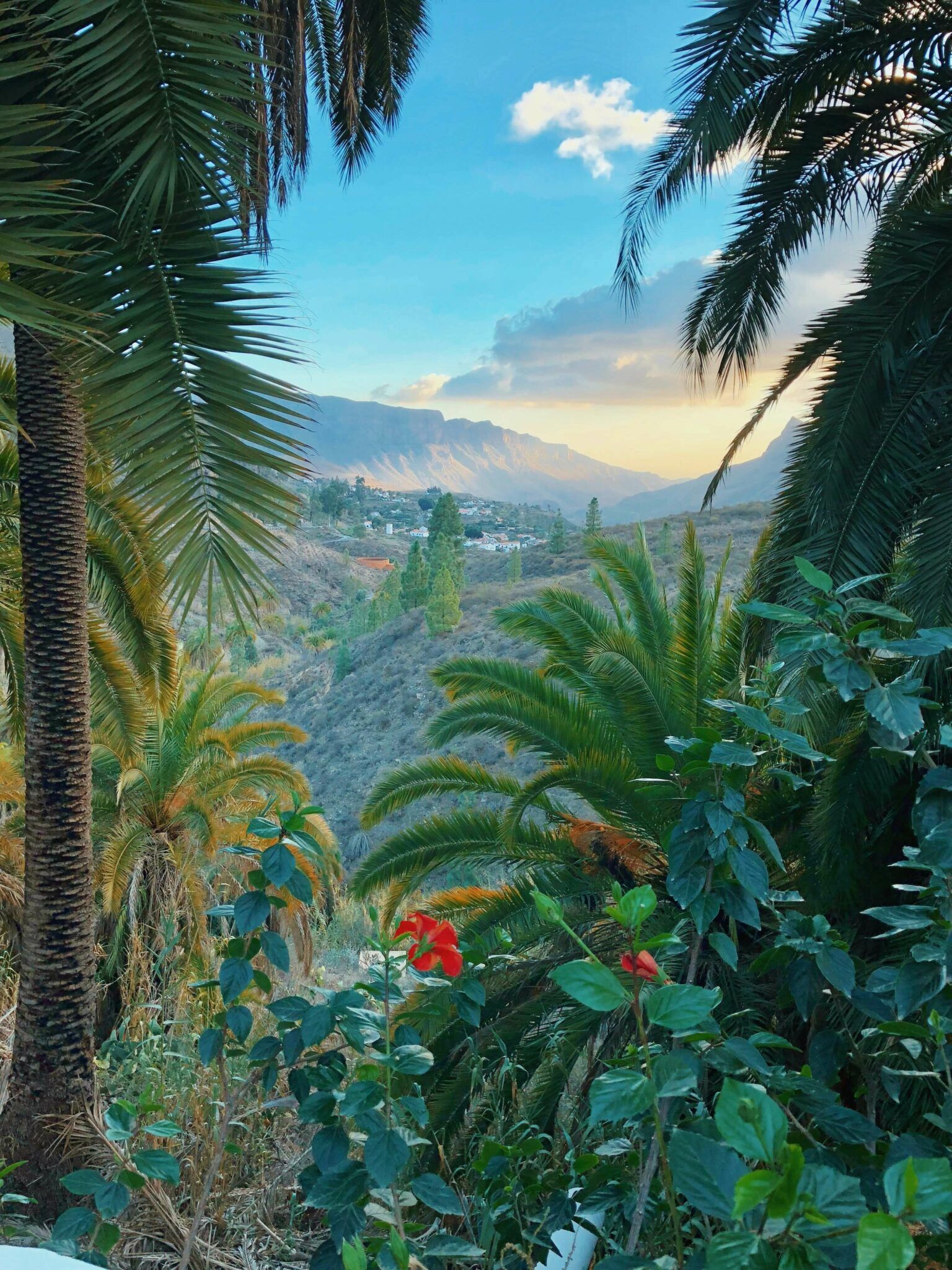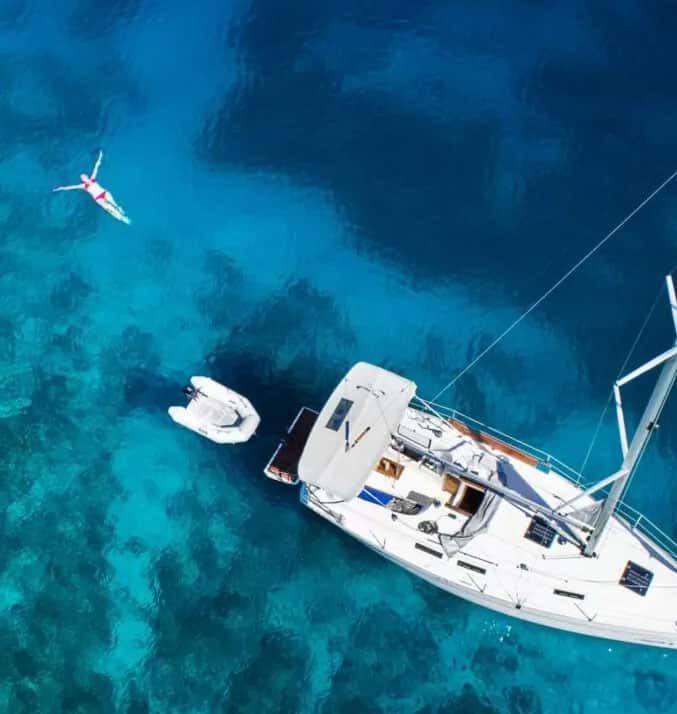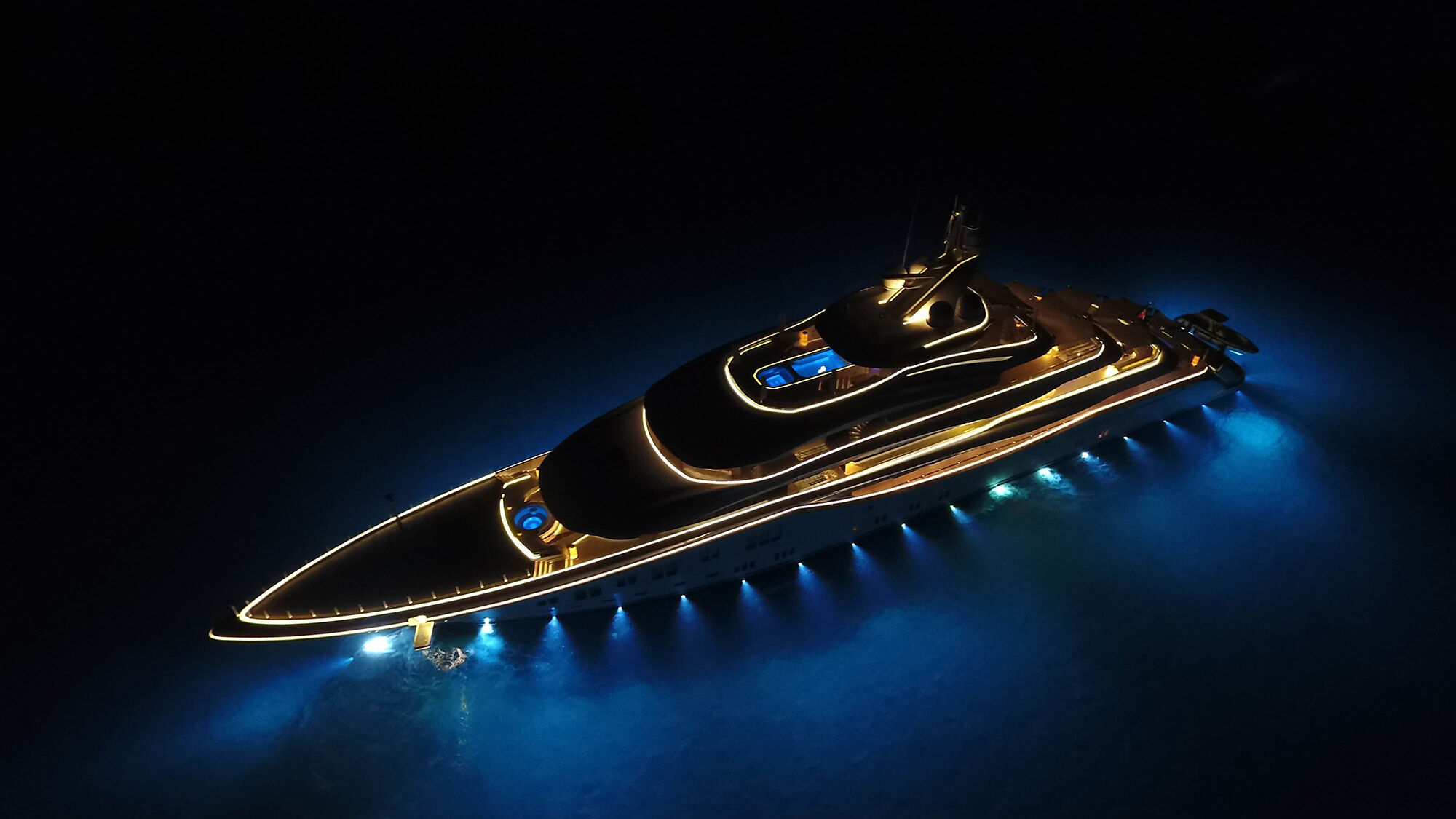
BLACK SAILING WEEK
Up to 35% discounts and extra 5% on all bookings made until November 30th, 2023
About Canary Islands
The Canary Islands are a group of islands located in the Atlantic Ocean, off the northwest coast of Africa. The islands are part of Spain and they consist of seven main islands, namely Tenerife, Gran Canaria, Lanzarote, Fuerteventura, La Palma, La Gomera, and El Hierro, as well as several smaller islands.
The Canary Islands are known for their diverse landscapes, ranging from volcanic terrain and sandy beaches to lush forests and rugged mountains. Each island has its own unique geography and natural attractions, making the archipelago a haven for outdoor enthusiasts and nature lovers.

Sailing conditions in the Canary islands
The Canary Islands have a mild, subtropical climate throughout the year, making it comfortable for sailing. The temperature ranges from 18°C (64°F) in winter to 24°C (75°F) in summer. The islands experience relatively low rainfall, with the wettest months being from November to February. Even during these months, the rain is sporadic. The trade winds influence the islands, blowing consistently from the northeast, especially from May to September. These winds are perfect for sailing, with moderate wind speeds averaging around 10-25 knots. However, caution should be exercised as stronger winds can occur, particularly in the channels between the islands.
The sea conditions in the Canary Islands vary depending on the location and time of year. Generally, the waters are moderate, with some areas experiencing larger swells, especially on the northern coasts of some islands. The currents between the islands can be strong, particularly between Tenerife and Gran Canaria, so sailors should be aware of these conditions and plan accordingly.
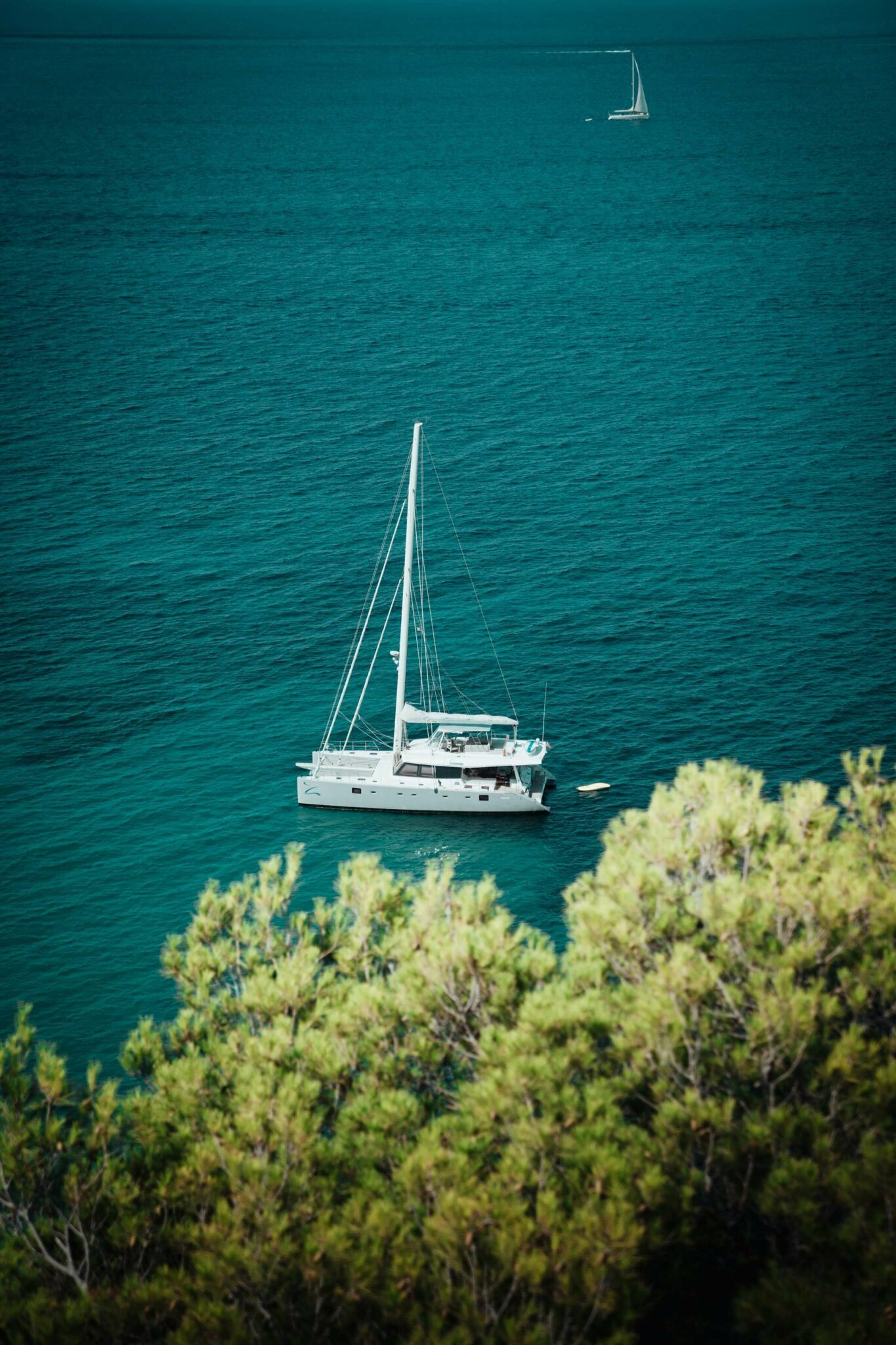
Best mooring locations around the Canary Islands
Marina Las Palmas is situated in the island’s capital, Las Palmas de Gran Canaria. It is one of the largest and most well-equipped marinas in the Canaries, with excellent facilities such as fuel stations, maintenance services, restaurants, and a vibrant sailing community. It is also the starting point for the Atlantic Rally for Cruisers (ARC).
Puerto de Mogán Marina, also known as “Little Venice”, is located on the southern coast of Gran Canaria. It offers a quieter setting with a charming village, shops, and restaurants nearby.
Marina Santa Cruz is situated in Santa Cruz de Tenerife, the island’s capital. It is known for its central location, providing easy access to the city’s amenities, and has good facilities and services.
Marina San Miguel is situated on the southern coast and is popular among tourists, providing easy access to the island’s beaches and resorts. It has a variety of services and is a popular spot for sailing charters and excursions.
Marina Rubicón is located in Playa Blanca and offers modern facilities, including shops, restaurants, and a bustling market. It is a popular starting point for sailing around Lanzarote and to Fuerteventura.
Marina La Palma, located in Santa Cruz de La Palma, is relatively new and well-equipped. It offers good access to the town’s amenities and is an excellent base for exploring La Palma’s lush landscapes.
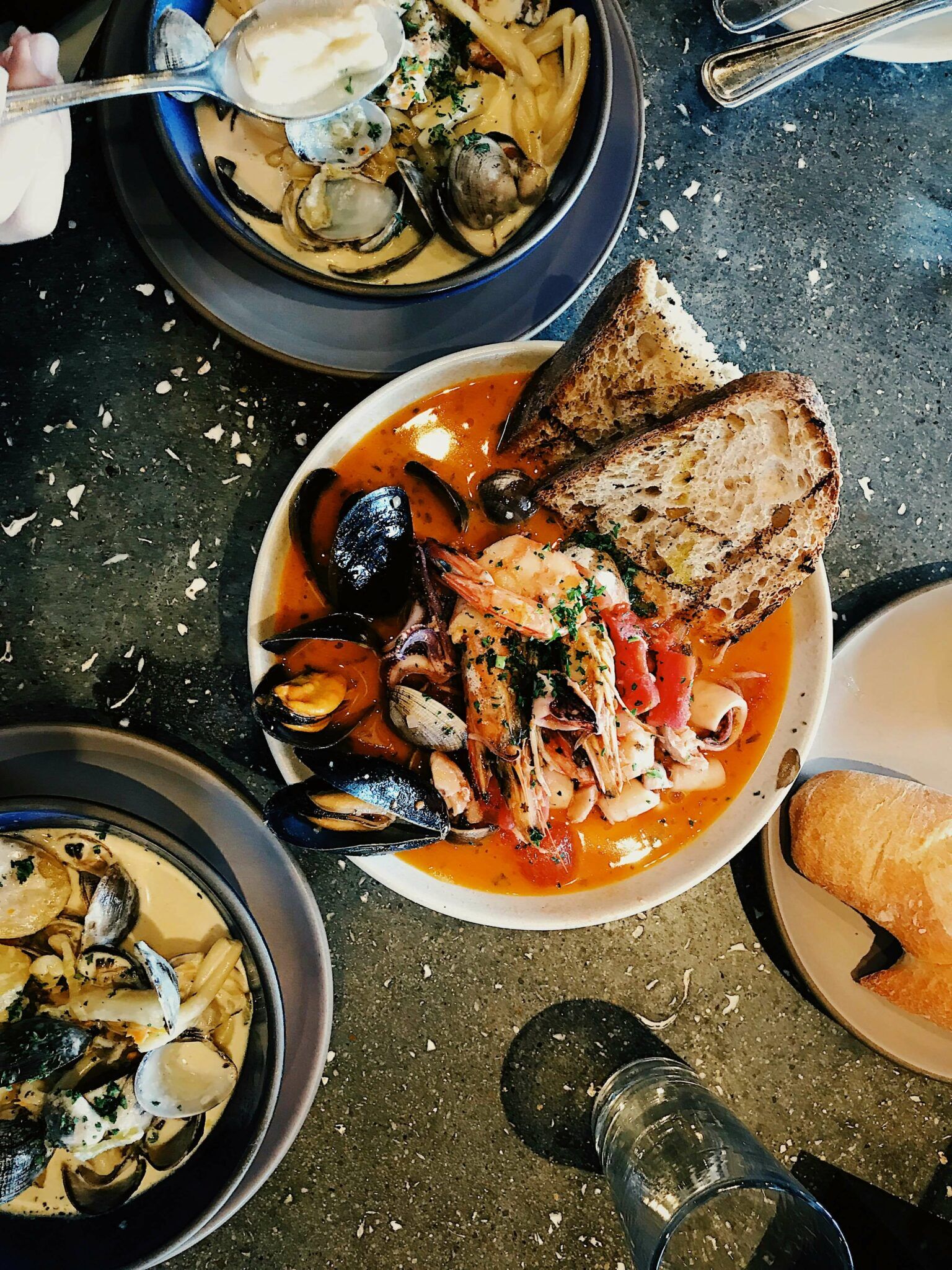
Where to eat and drink in the Canary Islands?
La Hierbita (Santa Cruz de Tenerife) is a traditional Canarian restaurant located in a historic building. You can try classic dishes like “papas arrugadas” (wrinkled potatoes with mojo sauce) and “gofio” (a type of flour made from roasted grains) while enjoying the unique vibe of this historic place.
El Rincón de Triana (Las Palmas) is a tapas bar situated in the heart of the city, offering a wide range of traditional Spanish tapas and a lively atmosphere. It’s a great spot to try “pintxos” and other small dishes while enjoying a drink with friends.
La Marinera (Las Canteras Beach, Las Palmas) is a seafood restaurant located right on the beach, known for its fresh seafood. You can enjoy dishes like grilled fish and paella while taking in the stunning ocean views.
El Diablo (Timanfaya National Park) is a unique restaurant located atop a volcano in Timanfaya National Park. It uses geothermal heat to cook its dishes, offering breathtaking views and a one-of-a-kind dining experience.
El Jardin de la Sal (Fuencaliente) is a seafood restaurant located near the salt pans of Fuencaliente. It offers stunning ocean views and specializes in seafood dishes, making it the perfect place to try locally caught fish.
FAQ
The best times to sail in the Canary Islands are during the spring and autumn months, typically from April to June and September to November, when the weather is warm, the winds are generally favorable, and tourist crowds are fewer compared to the peak summer season.
Must-visit islands for sailors in the Canary Islands include Tenerife, known for its vibrant ports and stunning coastline, and Lanzarote, famous for its unique volcanic landscapes and excellent sailing conditions, offering a diverse range of experiences for sailing enthusiasts.
The cost of renting a boat in the Canary Islands varies depending on factors such as the type and size of the boat, the duration of the rental, and the time of year, but generally, prices can range from around €500 to €2000 per day for a sailboat or catamaran charter. Additional expenses may include fuel, skipper fees (if required), insurance, and any extra amenities or services desired during the rental period.


